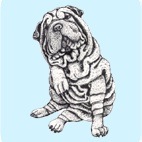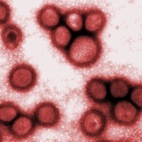Newsletter: Volume 2, Issue 2 October, 1998
Skunk-Off If your dog gets “skunked” wash him or her in the following solution and then rinse with tap water: 1 quart of 3% hydrogen peroxide ¼ cup of baking soda (sodium bicarbonate) 1 tsp of liquid soap This Solution must be mixed up fresh and cannot be stored. DO NOT MIX IN A CLOSED CONTAINER Referrals Veterinary medicine has become more sophisticated over the years and specialization has increased. In the greater Chicagoland area we are fortunate to have a number of specialists including surgeons, opthalmologists, internal medicine specialists, specialists in alternative medicine (holistic, acupuncture, etc.), specialists in...




